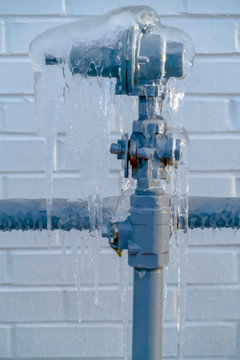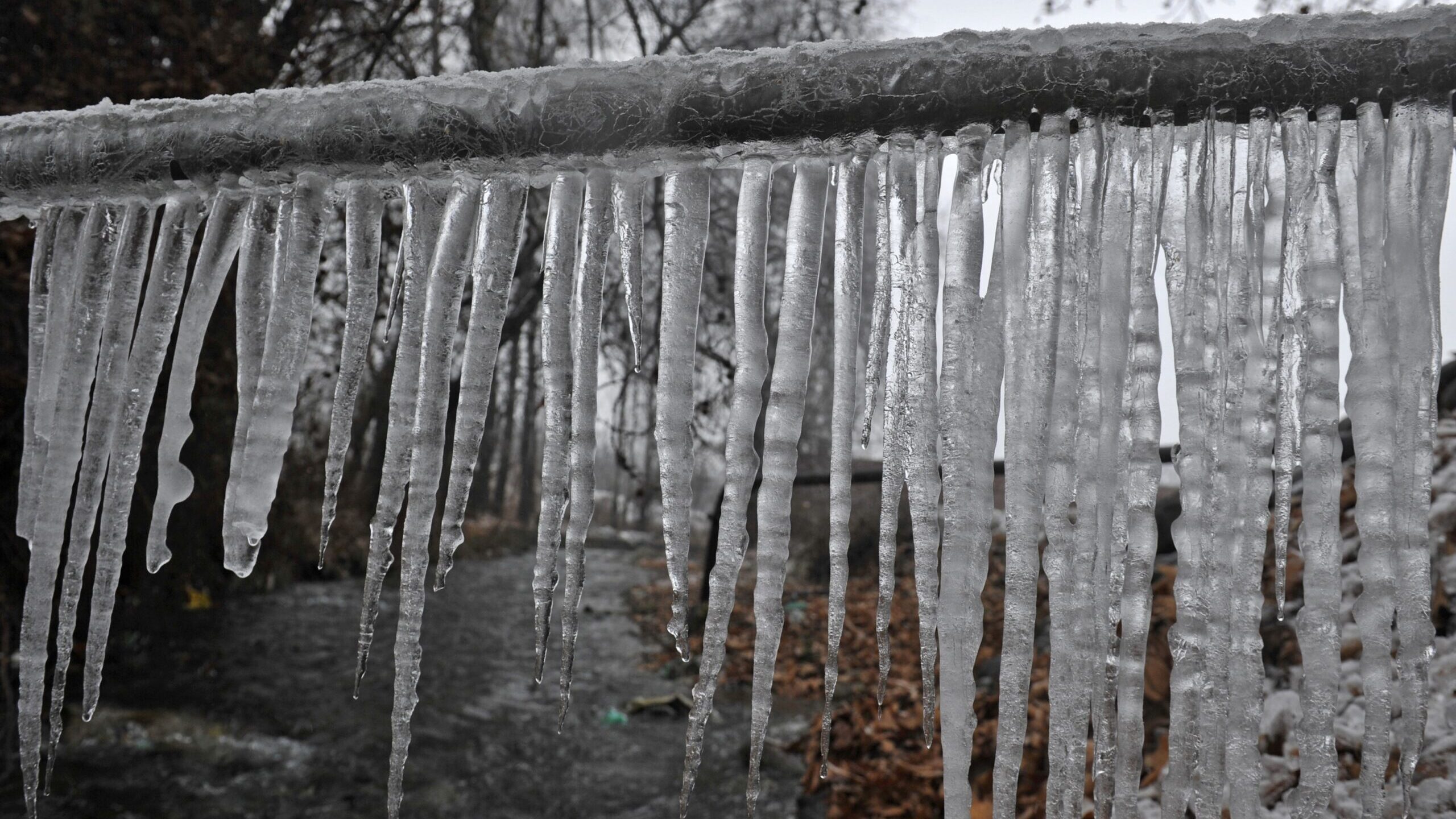Everyone has got their private rationale with regards to 6 Ways to Prevent Frozen Pipes.

Winter can wreak havoc on your plumbing, especially by freezing pipelines. Right here's exactly how to avoid it from taking place and what to do if it does.
Intro
As temperature levels decline, the danger of frozen pipes rises, possibly resulting in expensive fixings and water damage. Comprehending how to stop icy pipelines is essential for property owners in cool environments.
Recognizing Icy Pipelines
What creates pipelines to ice up?
Pipelines freeze when subjected to temperatures listed below 32 ° F (0 ° C) for extended durations. As water inside the pipes ices up, it increases, putting pressure on the pipe walls and possibly triggering them to rupture.
Risks and problems
Icy pipes can cause supply of water interruptions, building damage, and expensive fixings. Burst pipes can flooding homes and create considerable structural damage.
Signs of Frozen Pipeline
Determining icy pipelines early can avoid them from rupturing.
Exactly how to identify frozen pipelines
Seek lowered water circulation from faucets, uncommon smells or noises from pipes, and noticeable frost on revealed pipelines.
Prevention Tips
Shielding at risk pipes
Wrap pipes in insulation sleeves or use heat tape to safeguard them from freezing temperatures. Concentrate on pipes in unheated or external locations of the home.
Home heating techniques
Keep interior spaces sufficiently heated up, particularly areas with pipes. Open up cabinet doors to permit warm air to distribute around pipes under sinks.
Protecting Exterior Plumbing
Garden hoses and outside faucets
Detach and drain yard hose pipes prior to wintertime. Mount frost-proof faucets or cover exterior faucets with insulated caps.
What to Do If Your Pipes Freeze
Immediate activities to take
If you suspect frozen pipelines, keep faucets open to soothe pressure as the ice thaws. Utilize a hairdryer or towels soaked in hot water to thaw pipelines slowly.
Long-Term Solutions
Architectural modifications
Consider rerouting pipelines far from exterior wall surfaces or unheated areas. Add added insulation to attics, basements, and crawl spaces.
Updating insulation
Invest in top notch insulation for pipelines, attics, and walls. Appropriate insulation aids maintain consistent temperatures and minimizes the threat of icy pipes.
Final thought
Stopping icy pipelines calls for proactive steps and quick reactions. By comprehending the causes, indications, and preventive measures, house owners can secure their plumbing during winter.
5 Ways to Prevent Frozen Pipes
Drain Outdoor Faucets and Disconnect Hoses
First, close the shut-off valve that controls the flow of water in the pipe to your outdoor faucet. Then, head outside to disconnect and drain your hose and open the outdoor faucet to allow the water to completely drain out of the line. Turn off the faucet when done. Finally, head back to the shut-off valve and drain the remaining water inside the pipe into a bucket or container. Additionally, if you have a home irrigation system, you should consider hiring an expert to clear the system of water each year.
Insulate Pipes
One of the best and most cost-effective methods for preventing frozen water pipes is to wrap your pipes with insulation. This is especially important for areas in your home that aren’t exposed to heat, such as an attic. We suggest using foam sleeves, which can typically be found at your local hardware store.
Keep Heat Running at 65
Your pipes are located inside your walls, and the temperature there is much colder than the rest of the house. To prevent your pipes from freezing, The Insurance Information Institute suggests that you keep your home heated to at least 65 degrees, even when traveling. You may want to invest in smart devices that can keep an eye on the temperature in your home while you’re away.
Leave Water Dripping
Moving water — even a small trickle — can prevent ice from forming inside your pipes. When freezing temps are imminent, start a drip of water from all faucets that serve exposed pipes. Leaving a few faucets running will also help relieve pressure inside the pipes and help prevent a rupture if the water inside freezes.
Open Cupboard Doors
Warm your kitchen and bathroom pipes by opening cupboards and vanities. You should also leave your interior doors ajar to help warm air circulate evenly throughout your home.

We are very intrigued by How to prepare your home plumbing for winter weather and I hope you appreciated my blog post. Those who enjoyed our blog entry kindly make sure you remember to pass it around. We take joy in your readership.
Click Here